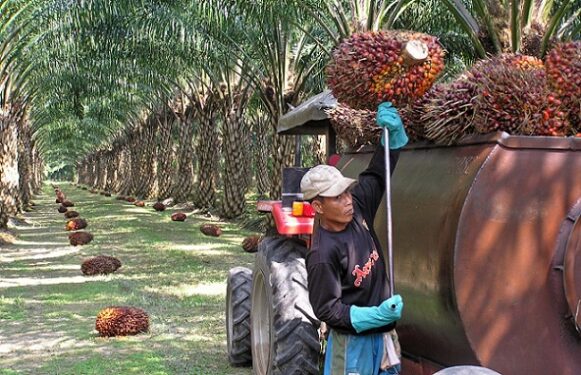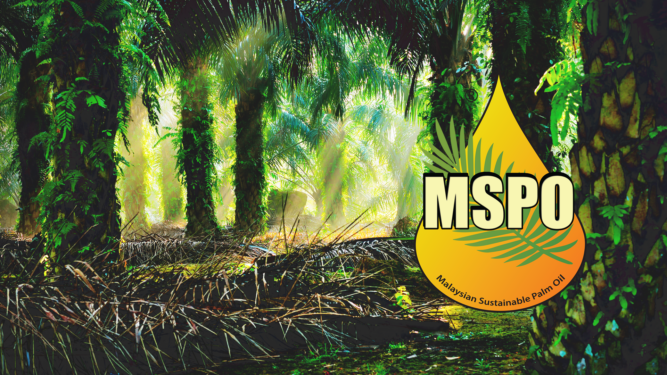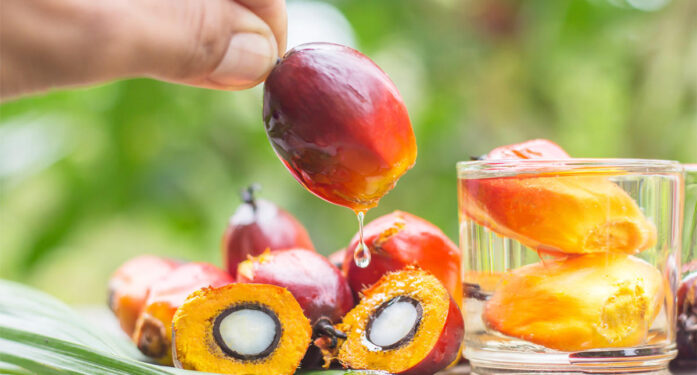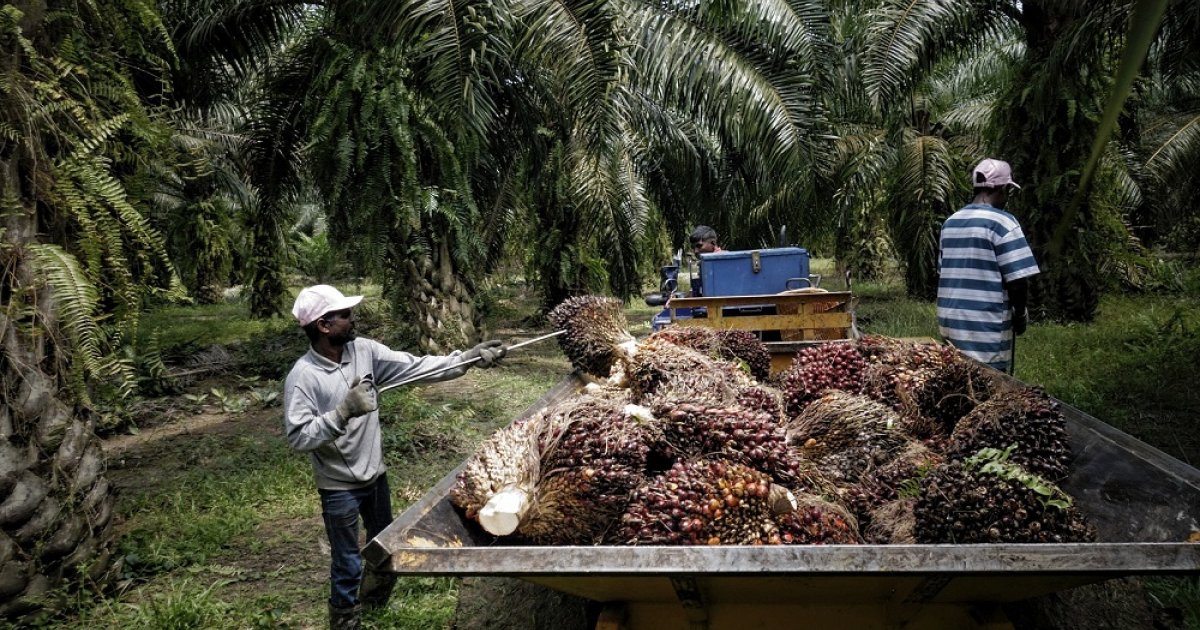PALM oil has been the backbone of Malaysia’s economy among its other sources of income ever since the inception of commercial cultivation of oil palm in Selangor in 1917.
Like Indonesia, Malaysia has been a large-scale producer and exporter of palm oil while satisfying its own local consumers’ needs of palm oil as the golden oil is a great source of antioxidants and benefits to the health.
Through their joint efforts, both countries dominate the global market by producing 200 million tonnes of palm oil annually which account for 85% of global supply.
Industry outlook for 2024
The industry is hopeful of a modest growth in the years to come followed by decrease in palm oil stocks, leading to reduction in prices and a favourable market condition. The projected revenue for 2024 is substantial – estimated to reach around RM110 bil – thus indicating a prosperous year ahead.
Despite its potential growth, the palm oil industry in Malaysia has experienced a decline in productivity due to factors such as (i) shortage of labour; (ii) delayed application of fertiliser; (iii) impact of climate change; and (iv) the increasing adoption of mechanisation.
According to industry experts, a significant portion of palm-growing lands remain unharvested due to the existing labour crunch. A substantial reduction of Indonesian workers on whom the Malaysian palm oil industry relies heavily upon has contributed to this scarcity.
Due to the recall of Indonesian workforce back to the Indonesian palm oil industry, Malaysia is left to explore replacement option which according to some experts, can be undertaken by employing highly productive machineries or implementing technological solutions.
While the Malaysian government has a clear vision to boost the palm oil industry’s growth, the structure as well as research and development (R&D) efforts are still scattered in comparison to its neighbour, Indonesia.

The recent National Energy Policy (NEP) (2022-2040) and National Biomass Action Plan (2023-2030) have articulated initiatives by the government to move the biomass forward.
This itself underlines the importance of establishing proper infrastructure, including transportation networks and storage facilities. Moreover, effective implementation of the entire action plan demands the authorities to manage disposal in a regulated manner.
Mitigating the challenges
The implementation of a circular economy and the establishment of biomass hubs are highly recommended by experts to boost the revenue stream within the Malaysian palm oil industry.
A circular economy involves the incorporation of the current practices and the exploration of alternative solutions to address the existing challenges.
The authorities could be called into action by this line of action to establish effective governance structures to capitalise on the industry revenue which is anticipated to be substantial in the years to come.

Furthermore, the adoption of a circular economy can turn Malaysia into a nation capable of generating high-value products for the top 12 value-added chemicals that have not yet been fully commercialised.
In addition, the Malaysian Sustainable Palm Oil (MSPO) certification enables palm oil producers to declare their products as sustainable.
Having a certification from the authority enhances organisational reputations for being socially and environmentally responsible apart from facilitating access to the growing green market. Besides, the establishment of biomass hubs can create significant job opportunities for local residents.
Environmental safeguard measures
The measures safeguarding the environment have been a noticeable feature for discussion at both the 28th Conference of the Parties to the UN Framework Convention on Climate Change (COP28) held in November 2023 and the 54th Annual Meeting of World Economic Forum held in Davos from Jan 15-24 this year.
If adopted appropriately in the palm oil industry, the circular economy could boost the local economy while alleviating the greenhouse gas emissions.
Some of the principles of the circular economy are promoting the efficient usage of resources, reducing the accumulation of waste in the production process, optimising the usage of land for palm cultivation, applying appropriate amount of fertiliser and minimising the excessive usage of water.

In production process, workers are encouraged by the circular economy to reuse their waste products by converting them into valuable resources, avoiding disposal. For instance, palm oil mill effluent (POME) could be treated to extract biogas for energy production while reducing methane emission (greenhouse gas).
For the management of pest, the integrated pest management system could be adopted to reduce the reliance on chemical pesticides to lessen the associated environmental impacts, and to improve the ecosystem health.
The principles of circular economy align themselves with the transition to renewable energy sources. In the palm oil industry, this procedure involves the adoption of technologies for renewable energy such as solar, wind and biomass to provide the golden crop with energy while reducing dependency on fossil fuels.
The principles of circular economy emphasise the importance of consumer awareness and responsibility. Informed consumers can drive demand for sustainably produced palm oil, hence influencing industry practices.
In a nutshell, as a renewal resource of energy, biomass has the economic potentiality of being converted into high-value products. Implementing circular economy and establishing biomass hubs are viable approaches to harness emerging revenue potential within the palm oil industry. – Jan 30, 2024
Nivakan Sritharan is a lecturer at the Faculty of Business, Design and Arts of Swinburne University of Technology Sarawak Campus.
The views expressed are solely of the author and do not necessarily reflect those of Focus Malaysia.










